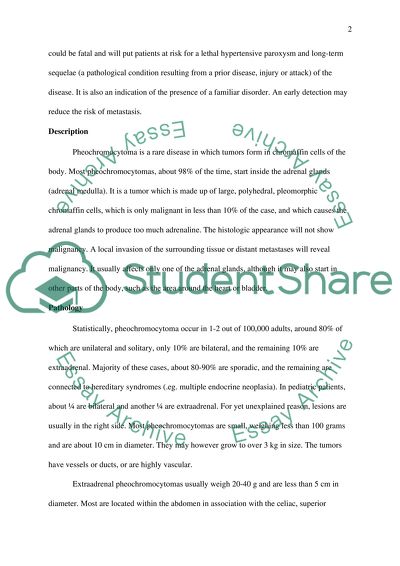Cite this document
(“Pheochromocytoma Essay Example | Topics and Well Written Essays - 4250 words”, n.d.)
Pheochromocytoma Essay Example | Topics and Well Written Essays - 4250 words. Retrieved from https://studentshare.org/miscellaneous/1512024-pheochromocytoma
Pheochromocytoma Essay Example | Topics and Well Written Essays - 4250 words. Retrieved from https://studentshare.org/miscellaneous/1512024-pheochromocytoma
(Pheochromocytoma Essay Example | Topics and Well Written Essays - 4250 Words)
Pheochromocytoma Essay Example | Topics and Well Written Essays - 4250 Words. https://studentshare.org/miscellaneous/1512024-pheochromocytoma.
Pheochromocytoma Essay Example | Topics and Well Written Essays - 4250 Words. https://studentshare.org/miscellaneous/1512024-pheochromocytoma.
“Pheochromocytoma Essay Example | Topics and Well Written Essays - 4250 Words”, n.d. https://studentshare.org/miscellaneous/1512024-pheochromocytoma.


